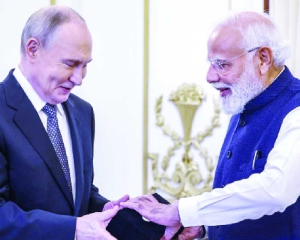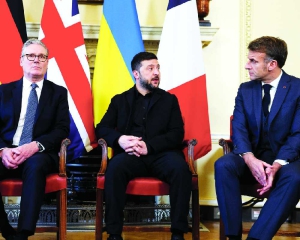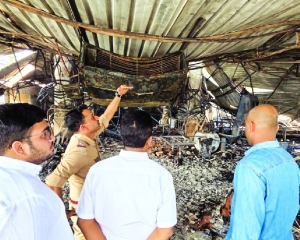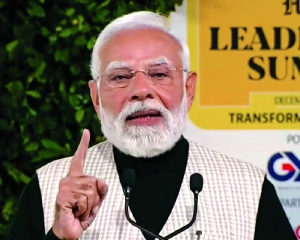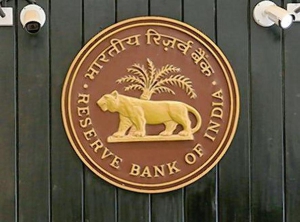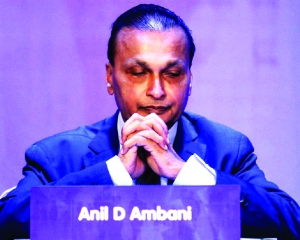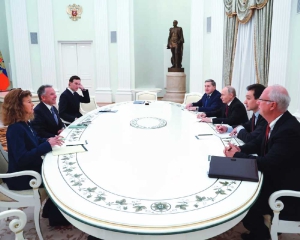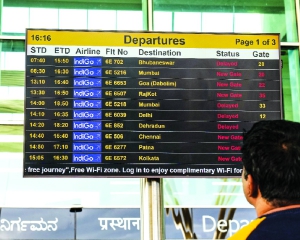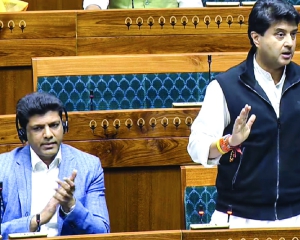Despite the energy generated by Rahul Gandhi’s Bharat Jodo campaigns, the session offered little more than ritualistic rhetoric, exposing deep structural inertia and a status quo mindset at odds with the urgency of the political moment
Why is the Congress reluctant to change its formation in terms of organisational network, and reform the decades — old processes related to the functioning of its highest bodies — Congress Working Committee, AICC and its customary session?
Are the Congress leaders fearful of the change or intense pressure from some invisible forces that have forced them to play safe and be status quo?
These questions confronting the current Congress dispensation (read Sonia Gandhi–Mallikarjun Kharge–Rahul Gandhi powerful troika) are not new. But a refresh button pressed by the recently held non-happening Ahmedabad AICC session has once again made these questions relevant and begging for answers.
The session left all those participating or not (the party leaders rank and file, and the public) unenthused to the level of the lowest ebb, as it failed to throw an alternative vision to fight the might of Mr Narendra Modi — led well-oiled ruling network — and also to ignite the minds of the Congresspersons to make them ready for future political battles — elections or otherwise.
The abysmal affair that the AICC session turned out to be, with no clear-cut direction emerging out of it as to how the Grand Old Party (GOP) proposes to fight the politico-ideological battle on its way to strengthening its place as the premier opposition party and the unchallenged leader of the fledgling opposition combine — I.N.D.I.A. The session has ended up adding to the confusion and demoralisation rather than emanating any ray of hope.
The Ahmedabad AICC session was not different from the preceding ones held in the last few decades. At a time when the Congress is facing the toughest battle of its survival, with an all-round onslaught launched by the ruling dispensation — both at the political and Government levels — the session was expected to be a path-breaking one, if not revolutionising the party’s thinking or strategy. But nothing of the sort happened.
Where does the Congress — particularly Mr Rahul Gandhi, whose remarkable Bharat Jodo Yatra and Bharat Jodo Nyay Yatra had rekindled a fresh hope — go from here?
The Ahmedabad AICC session was a valuable opportunity to unveil the blueprint of what the party intends to do in the coming times. Most of the contentious but significant issues — such as strengthening and overhauling the organisational set-up, changing the style of working, purging the party of non-performers and the deadwood, and those conniving with the arch-political rivals — went missing from the discourse.
Those who had their eyes and ears fixed on the session and waited with bated breath for a new look agenda to unfold were despaired to be content with passing references (on these issues) made by Mr Kharge and Mr Gandhi in their speeches.
The scores of leaders and the delegates who travelled long distances to be in attendance, left without carrying a message to enthuse the workers back home, as there was none. Under the circumstances, getting back to the grassroots and convincing the people to be back in the Congress — fold remains a tall order.
Although Mr Kharge, as the Congress president, has done commendable work despite age-related and physical constraints and has left no opportunity to go inside and outside the Parliament — without fighting back on crucial issues — the challenge is more daunting for Mr Gandhi.
It remains a fact that Mr Kharge is acting only as a guardian figure, but every policy decision in the party has Mr Gandhi’s stamp affixed to it. The party president has no one in doubt about his position and candidly admitted from time to time that Mr Gandhi was the real force. A very tricky situation seems to have arisen in Congress, particularly after the lacklustre AICC session and with the next set of assembly elections approaching fast.
Normally, the onset of any election has been used as a standard excuse by the Congress strategist to ward off or postpone decisions on vital issues — to the great disadvantage of the party — which is there for everyone to see at the AICC and the state/UT levels where confusion prevails supreme. The ploy would not work anymore.
The clock is ticking fast and the indecisiveness is getting entrenched deeper, a situation that demands a fast remedy.
Since Mr Gandhi has led the battle from the front, notwithstanding the personalised campaign against him to tarnish his image, with two pan-India sojourns having a dramatic effect both for the party and at the personal levels, unfortunately, the spirit has not been carried forward. A weak organisation, dotted by leaders with vested interests and at times working at cross-purposes to BJP’s advantage, has been the Congress’s bane and a spoke in Mr Gandhi’s wheels.
With this backdrop, it has become imperative that Mr Gandhi must press the alarm bell. The image of indecisiveness has to be shed and the mask of the status quo has to be blown to smithereens as fast as possible.
The charity must begin at the AICC with a thorough change in its work culture. In most of the cases, it has become a parking place for those elevated as its office-bearers in charge of key tasks. A big casualty is that they tend to lose touch with the middle–lower rung leaders and workers.
Accordingly, the entire gamut of organising AICC sessions must also drastically change. It should not be merely a customary fulfilment of Election Commission requirements but an exercise that should be deeply interactive and all — encompassing. The Ahmedabad AICC session starkly revealed the Congress party’s deep-rooted reluctance to confront its structural inertia and outdated processes.
Despite the hopes ignited by Rahul Gandhi’s Bharat Jodo initiatives, the session failed to offer any meaningful vision or reforms, leaving leaders and workers disillusioned.
The Congress’s continued avoidance of internal overhaul — especially in revamping the AICC, energising the grassroots, and purging non-performers — has eroded morale at a time when clarity and decisiveness are critical.
With Mr Kharge serving more as a caretaker and Rahul Gandhi being the de facto decision-maker, the party can no longer afford to hide behind election timelines to defer reforms. The Congress must shed its image of indecisiveness and break free from status quoist tendencies.
Only a bold reimagining of its organisational network and work culture — starting at the top — can revitalise the Grand Old Party and position it as a credible challenger in the evolving political landscape. The clock is ticking.
Every missed opportunity deepens the disconnect with the electorate and empowers the opposition narrative. Time for half-measures is over — action must replace introspection.
(The writer is a political and national affairs analyst. Views are personal)














